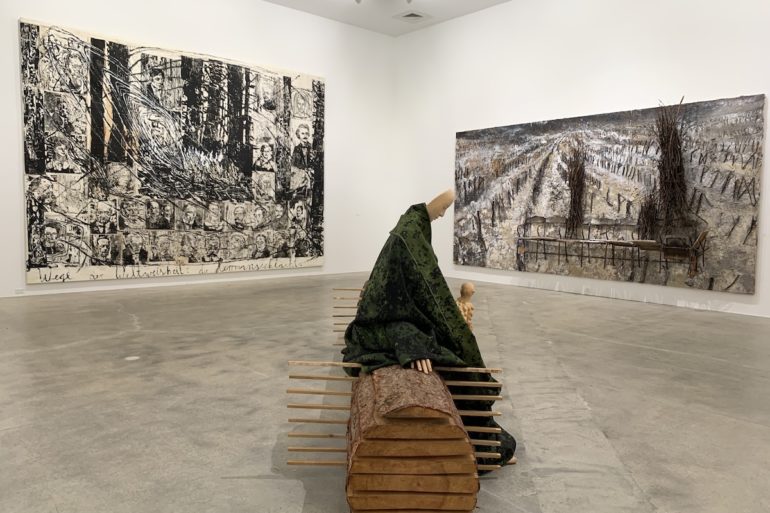
This post is also available in:

A walk with the great Rubell family within the walls of the new, beautiful, exhibition venue of the family collection that officially opened its doors to the public (free throughout the week of Miami Art Week), on December 4th.
The Rubell Museum Contemporary Arts Foundation, has changed its name from the Rubell Family Collection, to the Rubell Museum Contemporary Arts Foundation, to avoid, as Mira Rubell pointed out, that the old wording was misinterpreted Family collection, repeatedly understood as private property and consequently not accessible to the public, nothing more wrong since the Rubell consider a mission to make people aware of the history of contemporary art through their works. The new exhibition venue covers an area of 100,000 square feet in the Allapattah neighborhood, more than twice as large as the building that housed the old collection in nearby Wynwood. This allows the Rubells to have enough space for both the installation of temporary exhibitions and for long-lasting exhibitions.
Founded in 1964 in New York City by Mera and Don Rubell, the Rubell collection is one of the largest private contemporary art collections in the world, which took on the name of Contemporary Arts Foundation in 1994 with his son Jason Rubell, who led the foundation with the intention of expanding the public mission of the collection: Every year the Rubell Foundation in addition to presenting thematic exhibitions with some pieces of the collection (supported by its catalogs) lends entire collections to museums scattered in all over the world.
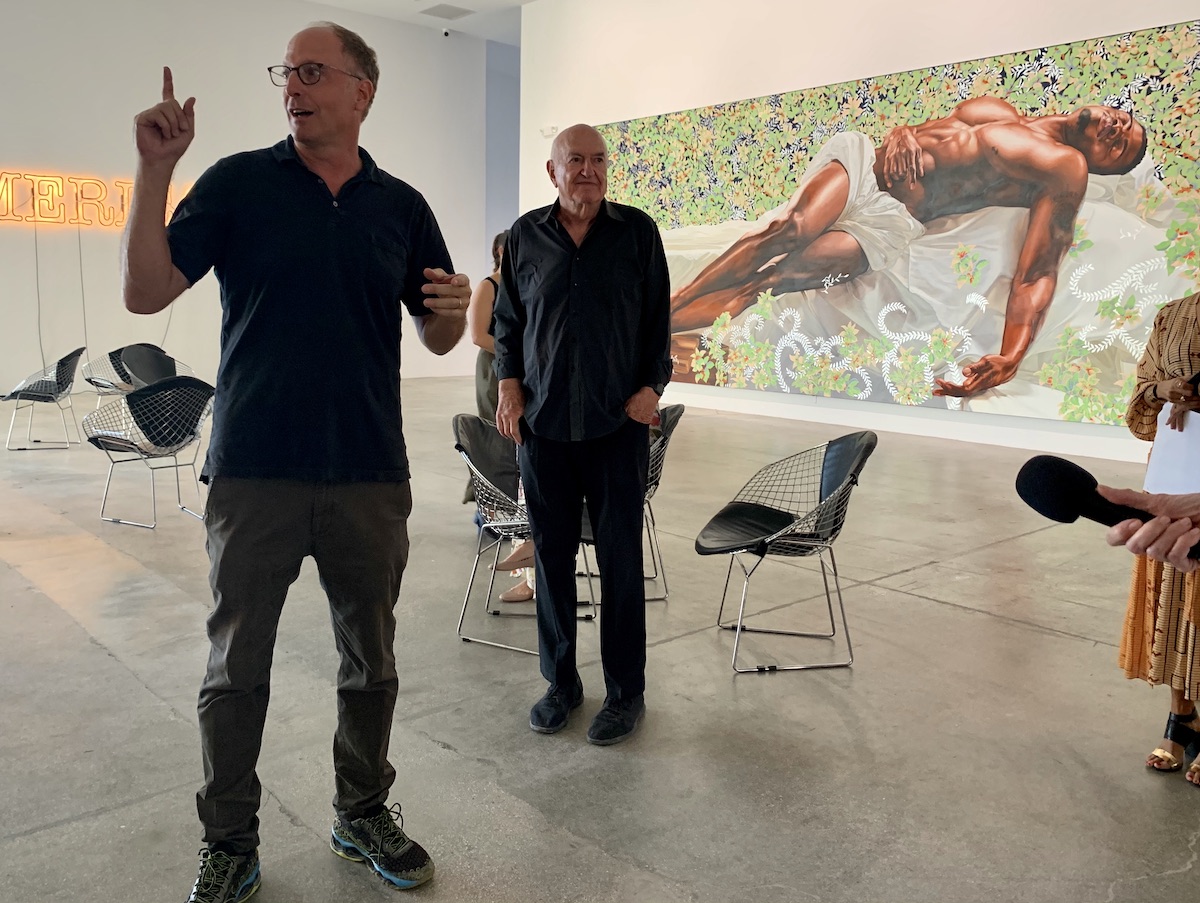
Against the backdrop of the opening of the new exhibition venue, designed by the renowned Selldorf Architects founded by Annabelle Selldorf of New York and for the occasion present at the event, there is the equally fascinating story that lays the foundations for the Rubell Collection. When they started collecting art in 1964, Mera and Don Rubell were newlyweds, and while Don was in medical school, Mera was a kindergarten teacher who earned a whopping 100 dollars a week. Passionate and confident about the importance that art has in society, from what there is history in the world, they decided to invest a budget of $ 25 monthly to purchase works of art from the artists of which they had visited the studios and very often with a installment payment plan. Their long walks to art studios in New York City became their favorite weekend pastime.
Unlike his children, Mera and Don Rubell did not have a basic formal preparation but did, and still do today supported by his son Jason, a reference exclusively to the direct knowledge of the artists and the attendance of their studies that allows you to perceive a whole set of emotions and sensations that cannot be sold. If his son Jason is an active part of the foundation, his daughter Jennifer is a full-fledged artist and lives in New York Where she has her own studio. It’s fun to hear Mira tell anecdotes about her children’s childhoods, growing up visiting museums with the promise that every four museums would be given an ice cream as a prize.
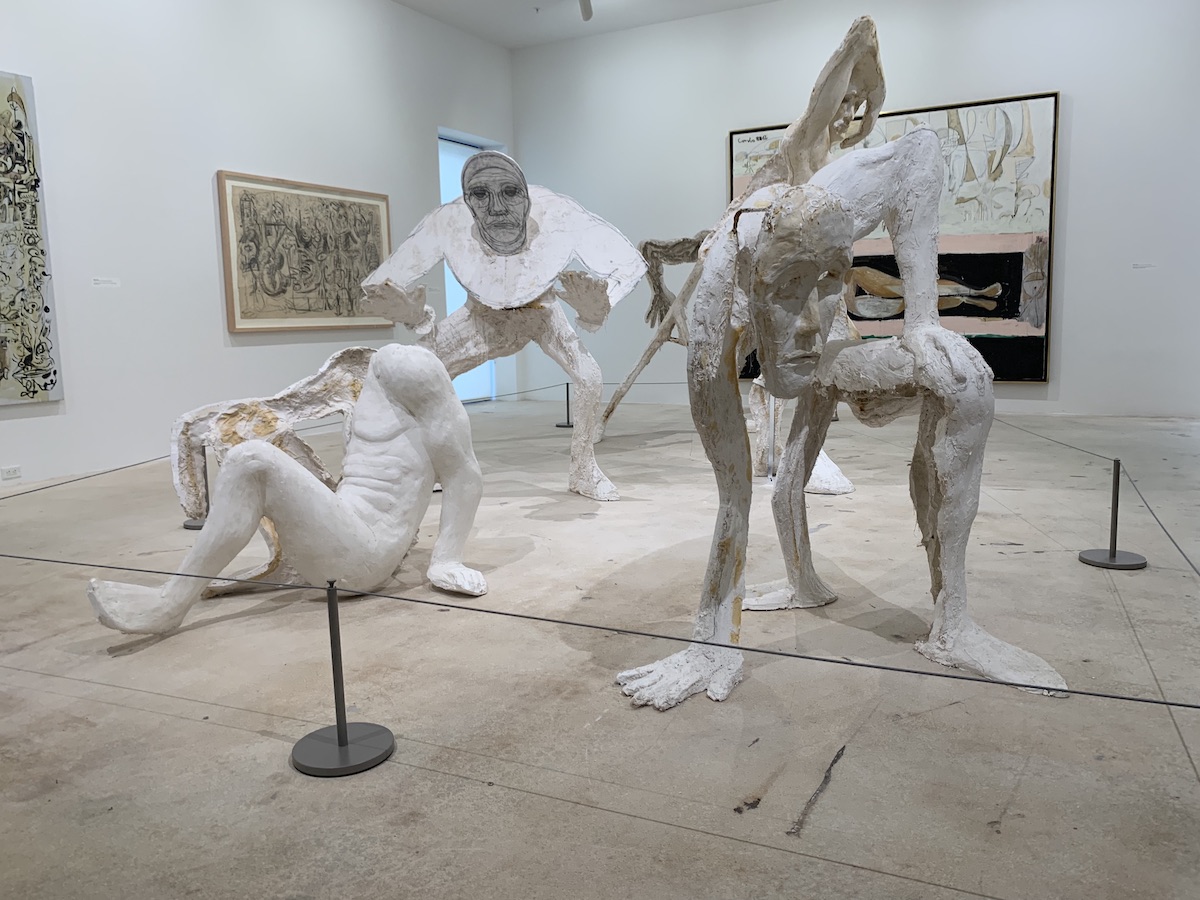
After five decades, the Rubell family has amassed a collection of 7200 works by more than 1000 artists: a trust their instinct that worked out well.
Mera and Don Rubell are undoubtedly credited with giving a name to unknown young artists, as it is still the case today: The Rubell have stated that they do not have a person who acts as an intermediary, orienting them on the purchase of the works in relation to the value of marked, but to continue in the good and healthy habit of knowing and attending the artistic studios especially of artists not yet established, thus becoming the first proponents of their success.
The Rubell have the credit of casting the then-unknown Keith Haring, and of easing their sentences by inviting their parents to lunch so that they could see with their own eyes that his works had been purchased, thus proving that he had made a living from his street art. The Rubell were among the first to purchase the works of Cindy Sherman, Richard Prince, Jean-Michel Basquiat, Mickalene Thomas, Candy Nolan and the first sculptural work by Jeff Koons: New Hoover Deluxe Rug Shampooer (1979).
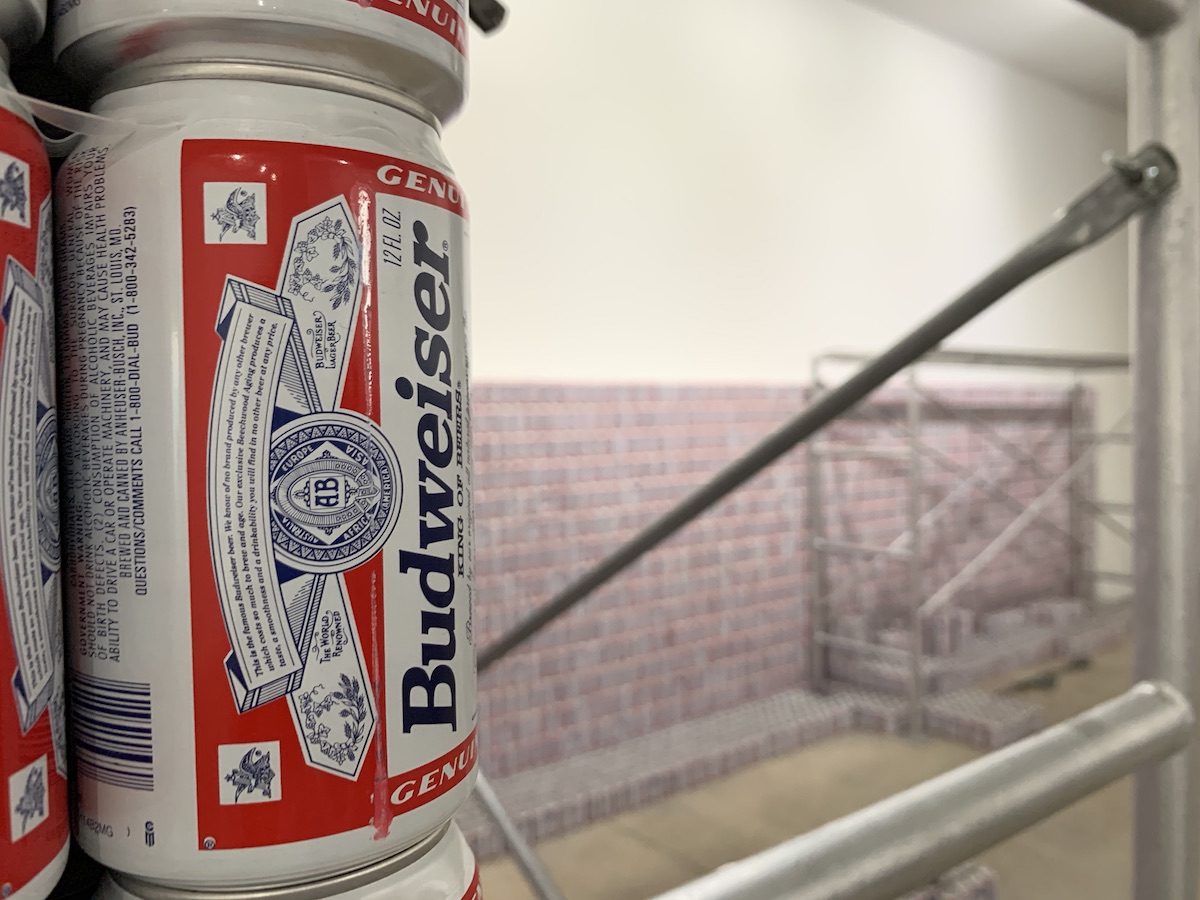
The placement of the works in the new museum hub presents, in addition to the latest arrivals in the House Rubell and finished just a couple of days before the opening, the works of the artist in residence, the talented Amoako Boafo, from Ghana, the installation of works that ultimately tell their story and the story of the children, made of artists, moments and key movements in some vital centers in the last 50 years: East Village, Beijing, Los Angeles, Sao Paolo and Tokyo. The inaugural exhibition includes over 300 works by 100 artists, including Ai Weiwei, Carrie Mae Weems, Anselm Kiefer, Barbara Kruger, and even recently acquired artists, such as Allison Zuckerman. All works are extracted entirely from their vast collection because the fundamental principle on which the Rubell collection is based is to show only what they own.
The new museum venue, all on one floor, spans 40 galleries and a wonderful and rich library boasting 40,000 titles. In addition to this there is a shop, rooms for events and shows, and the restaurant LEKU, which will open in January and will serve cuisine from the northern Basque region of Spain. The new structure will also be environmentally conscious as it has restored Florida’s lush habitat, once abundant in all the Everglades, in the adjacent gardens, with the planting of rare species, each accompanied by a botanical label describing it.
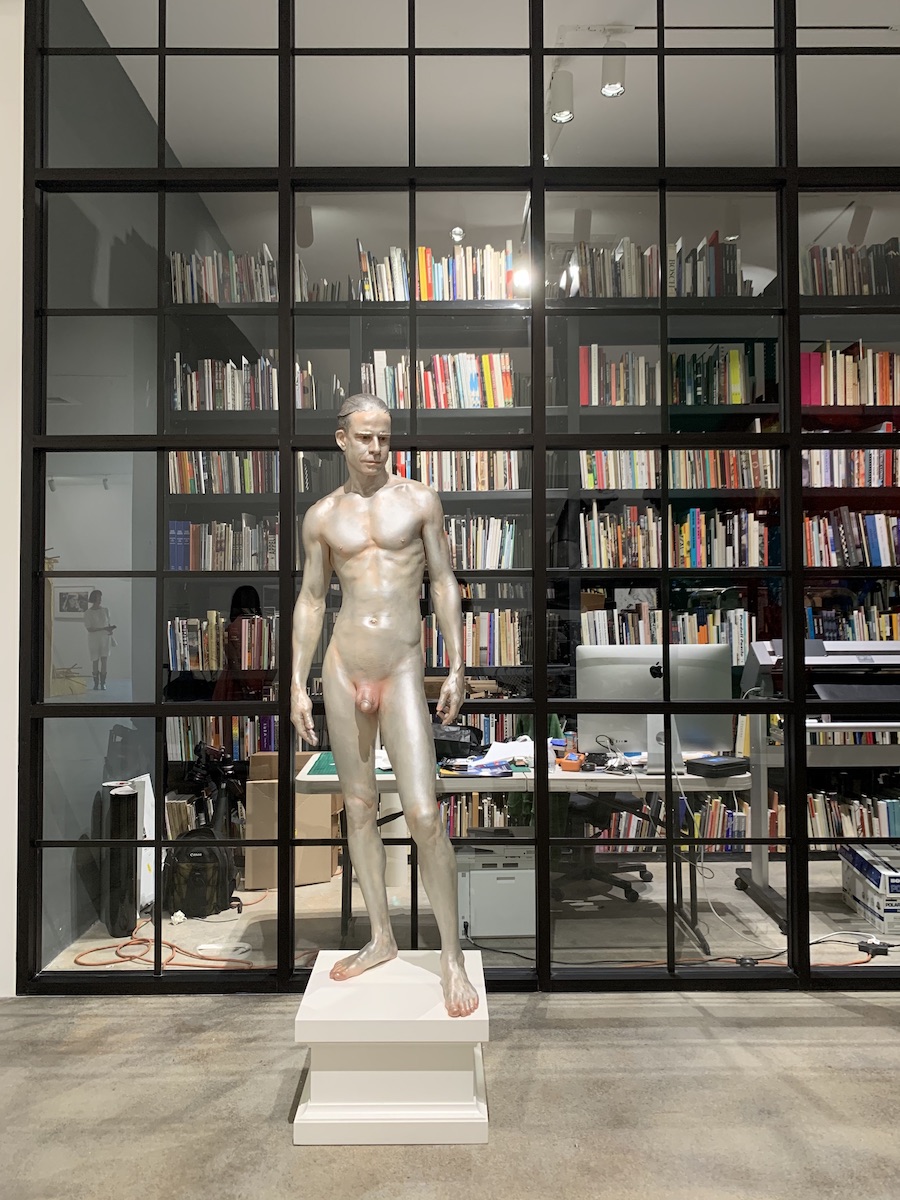
Highlights of the installation open to the public and free throughout Miami Art Week are:
- Works acquired by Rubell at the beginning of their artistic career, including: Untitled Film Still (# 21) di Cindy Sherman (1978); New Hoover Convertible by Jeff Koons (1980); Statues of Liberty by Keith Haring (1982); K-9 Explosion by George Condo (1986); Untitled, by Rosemarie Trockel (1986); Untitled (cowboy) by Richard Prince (1987); The Piece Has No Title by Cady Noland (1989); Burkhard Riemschneider by Elizabeth Peyton (1995) and Untitled by Kerry James Marshall (1998-1999). Cady Nolan’s work in particular, says Jason: “It is a fundamental piece because it has radically changed the the family philosophy and vision of art that has evolved with the moral obligation to make the entire Rubell collection public.”
– American painters whose work is included in the traveling exhibition of 30 Americans this summer on display at the Nelson Atkins Museum in Kansas City (MO), which includes artists such as: Nina Chanel Abney, Rashid Johnson, Henry Taylor, Hank Willis Thomas, Mickalene Thomas, Carrie Mae Weems, Kehinde Wiley, Purvis Young;
– German artists, with works by Isa Genzken, Anselm Kiefer, Neo Rauch and Paloma Varga Weisz;
– A solo of the last artist in residence Amoako Boafo and works commissioned by the Rubell artists in residences during their stay: Jonathan Lyndon Chase, Lucy Dodd, Cy Gavin, Sonia Gomes, Oscar Murillo, Ruby Ruby and Allison Zuckerman.
Two immersive installations by Yayoi Kusama: including Where the Lights in My Heart Go (2016), and Infinity Mirrored Room – Let’s survive Forever (2017).
Installations by contemporary Los Angeles artists, with works from the 80s and early 90s: John Baldessari, Mike Kelley, Barbara Kruger, Paul McCarthy, Catherine Opie, Charles Ray and Kaari Upson.
A selection of works from 100 studios visited by the Rubells in China between 2001 and 2012 with artists such as Ai Weiwei, Qui Zhjie and Zhu Jinshi.
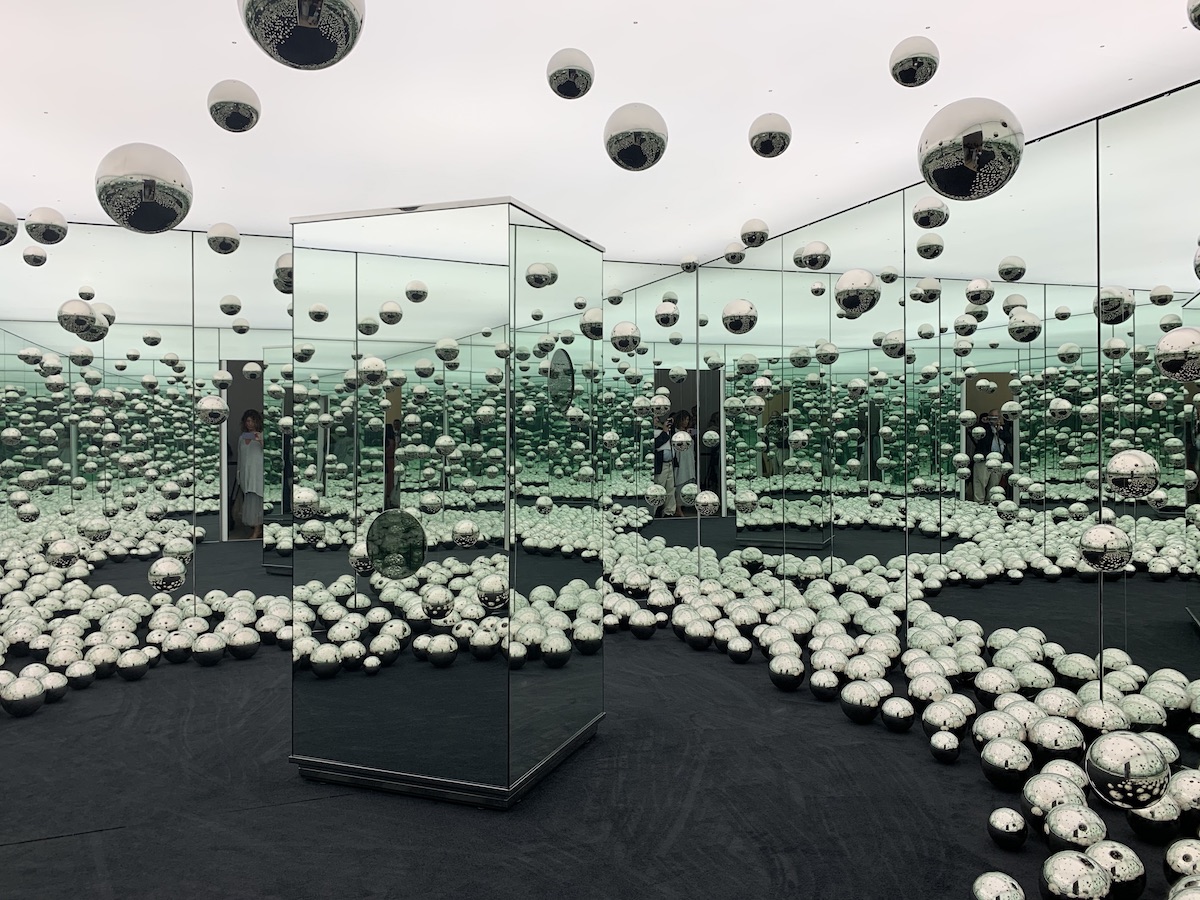
The Rubell family, offers its adopted city, Miami, the opportunity to study the history of contemporary art by experiencing it firsthand, looking at it in the evolution of its time, because as Mira says “Contemporary art cannot be studied if you don’t physically see it”, referring to the importance of the museum as a place where young people can learn about young art directly.
To conclude the thanks of the wonderful Rubell family to all the staff, in particular to Juan Roselione Valadez, Director of the museum, who for many years has worked alongside them doing an excellent job, but also to Bank of America, their partner from over a decade and to the architect Annabel Selldorf as Mera said: “She succeeded in uniting six boxes (building) that served as storage in the thriving community of Allapattah through which she built (figuratively and not) windows on the world.”
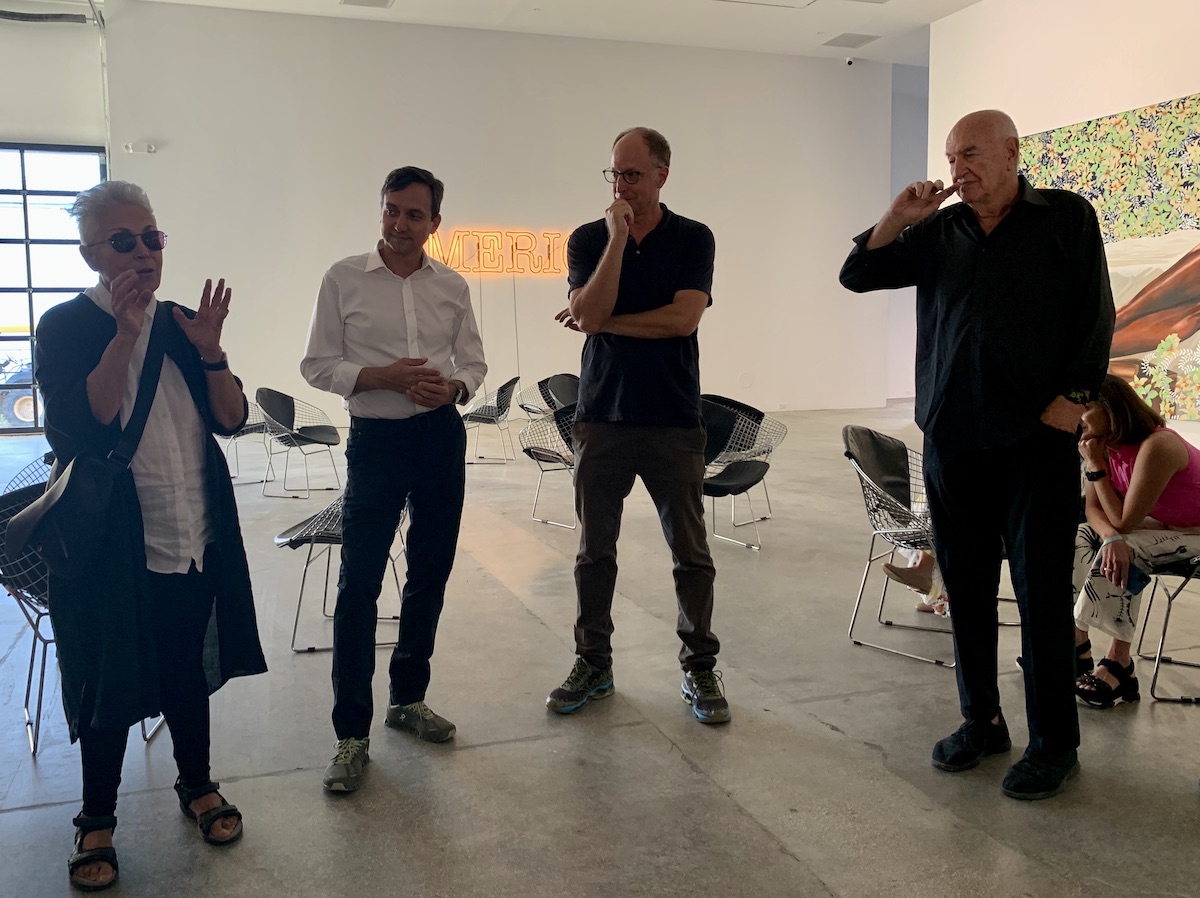
Finally, Mira smiling and strong of her experience, offers some advice on who approaches the world of collecting: “Staying alive, it is essential otherwise it is difficult to pursue the goal, stay married, because divorces help the growth of collections, while staying married will give you the opportunity to raise children and grandchildren in the artistic environment, making art a generational issue, as ours became at this point; Finally, find the right person to share art with.” A great speech that tells the Rubell Family philosophy.
A great chance, that offered by the Rubell family to the city of Miami, which is worth visiting and savoring both during Miami Art Week and after where the lucky ones will have the opportunity to walk through the exhibition halls enjoying every moment without the caos of the Miami Art Week.
.
